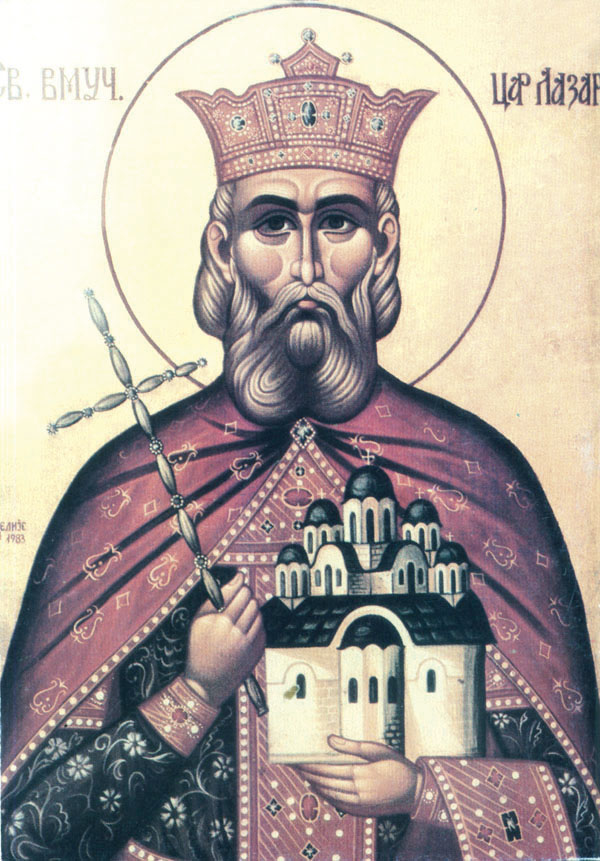The Serbs
Under Tsar Stephen Dushan (r. 1331–1355), who grew up in Constantinople until the age of 13, the Serbian kingdom reached its greatest heights, encompassing nearly the entire Balkan Peninsula. In 1345, with the approval of the archbishop of Ochrid, the Patriarch of Bulgaria, and representatives of Mount Athos, Dushan raised the Serbian archbishop to the rank of patriarch, with his headquarters at Pec. He took the title “Patriarch of the Serbs and the Greeks.”
On Easter Sunday of the next year, at a national assembly held at Skopjle, Dushan was crowned by the new patriarch as emperor (tsar). Tsar Stephen saw himself as the legitimate, natural successor to the Byzantine emperor, since that empire had become so weak, and his had become so strong. At the time of his death, he was actually preparing to launch an attack against the imperial City.
This unilateral double “presumption” by the Serbs naturally scandalized the Byzantines, who excommunicated the Serbian tsar and his religious leaders. But by 1370, with the Serbian Empire in serious decline after the death of Tsar Stephen Dushan in 1355, the excommunications were lifted, and in 1375 the Serbian patriarchate was recognized by Constantinople.

With their defeat at the momentous Battle of Kosovo on June 15, 1389, despite the heroic leadership of Saint Lazor, their prince, the Serbs fell under the yoke of the Ottoman Turks. On the eve of the great battle, Saint Lazor led his troops in receiving the Holy Eucharist, in a Liturgy during which they all dedicated themselves to die as martyrs in defense of their Church and their nation at the hands of the much more numerous Ottomans. Serbia was then completely integrated into the Ottoman realm. The Serbs did not regain their independence until 1830.
